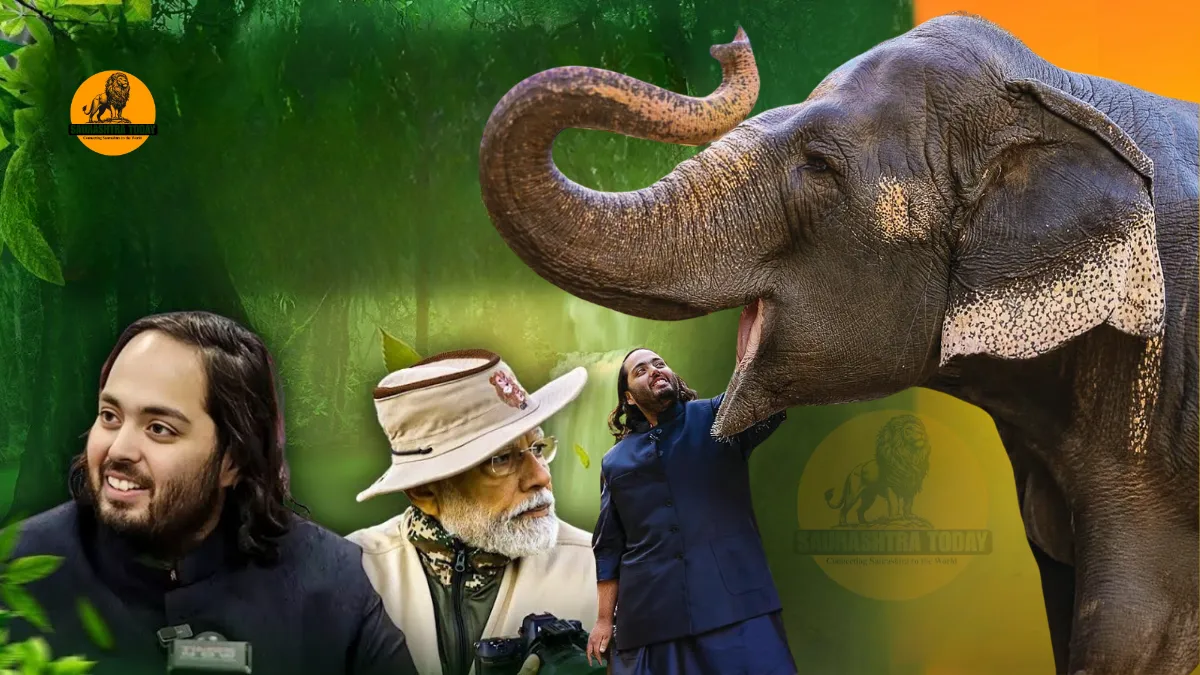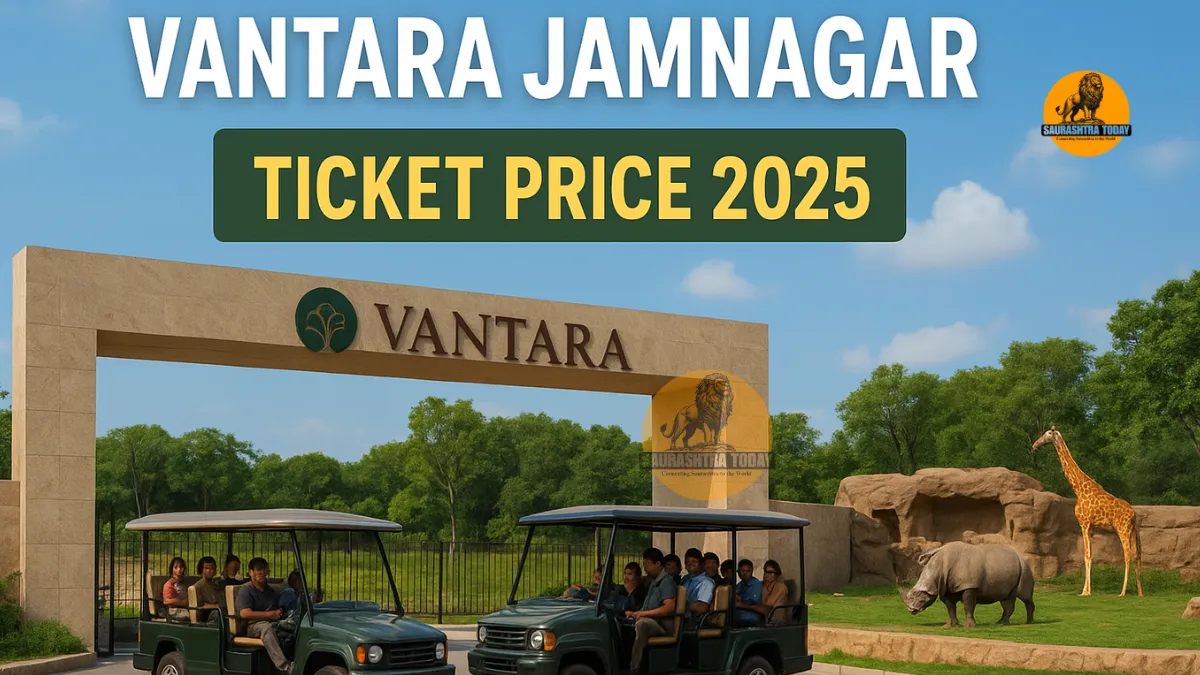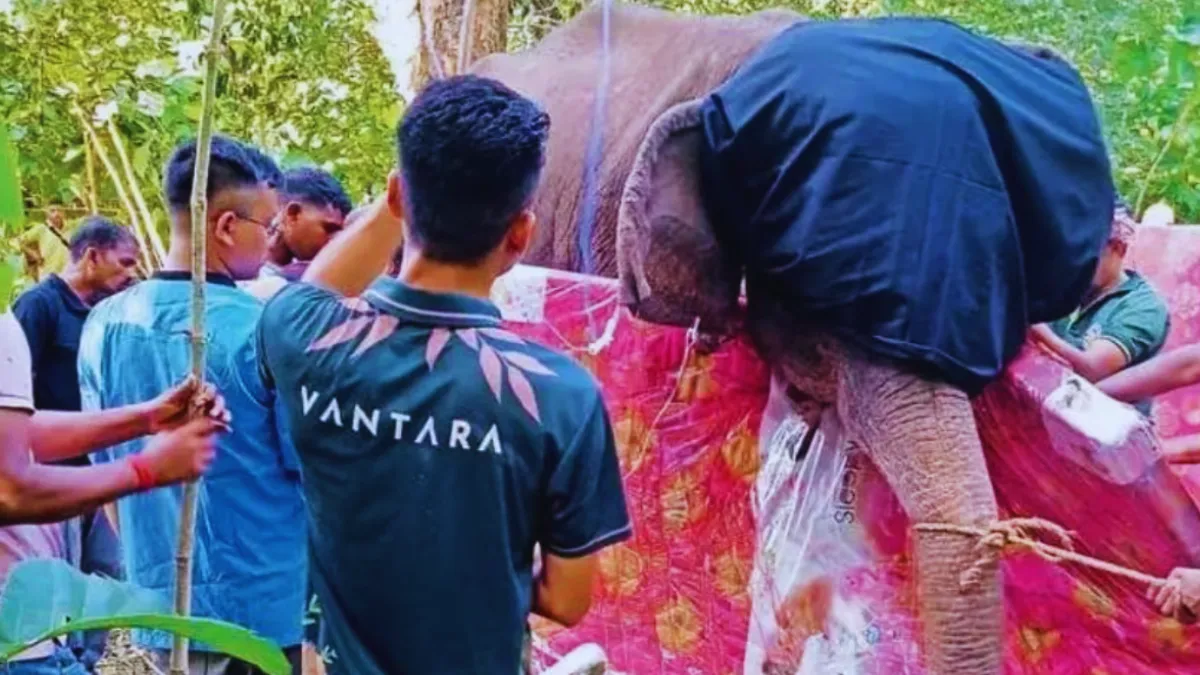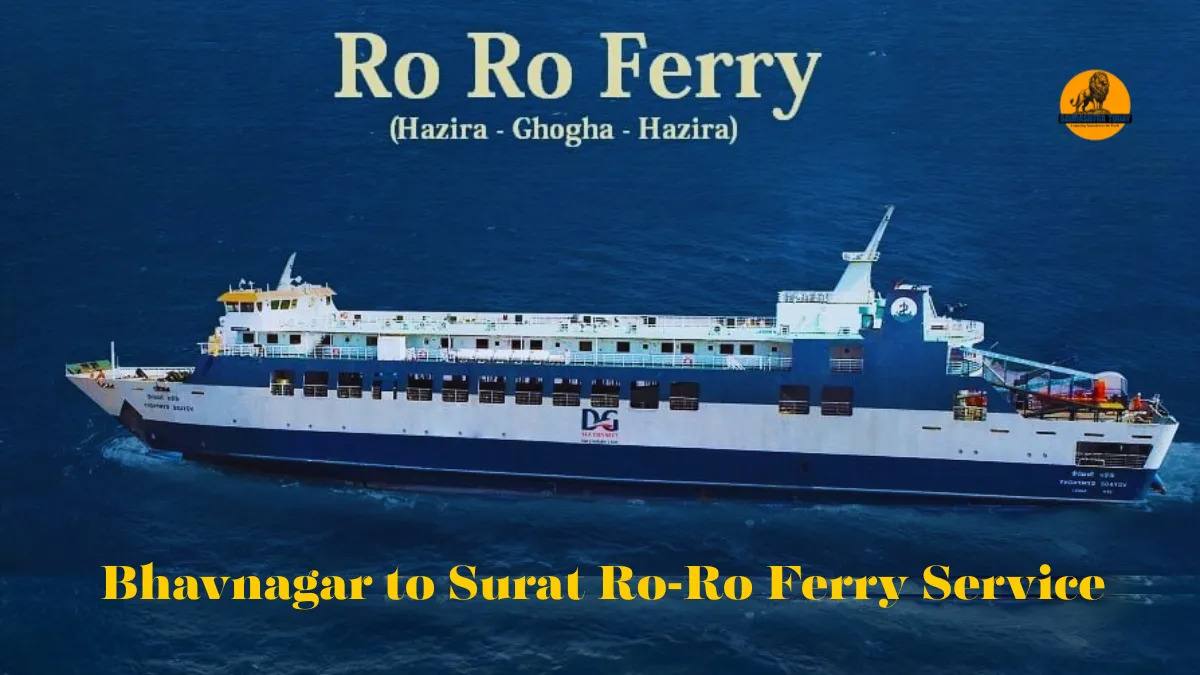Vantara is redefining the way we view our relationship with wildlife. Every so often, a project emerges that challenges conventional thinking about how humans interact with the natural world, and Vantara is one such initiative. Situated in Jamnagar, India, this sanctuary is dedicated not only to rescuing and rehabilitating wildlife but also to fostering a holistic approach to their well-being. The name Vantara, meaning “star of the forest,” reflects an ambition that goes beyond mere survival—it is about dignity, health, and the revival of the bond between humans and nature.
Conceived by Anant Ambani, the executive director at Reliance Industries, Vantara seeks to provide rescued, abandoned, or injured animals not just with a chance to survive, but with a life of quality. Its underlying philosophy is strikingly simple yet bold: if humans can benefit from world-class healthcare, why should wildlife be any different? This question forms the backbone of a project that is both inspiring and transformative.
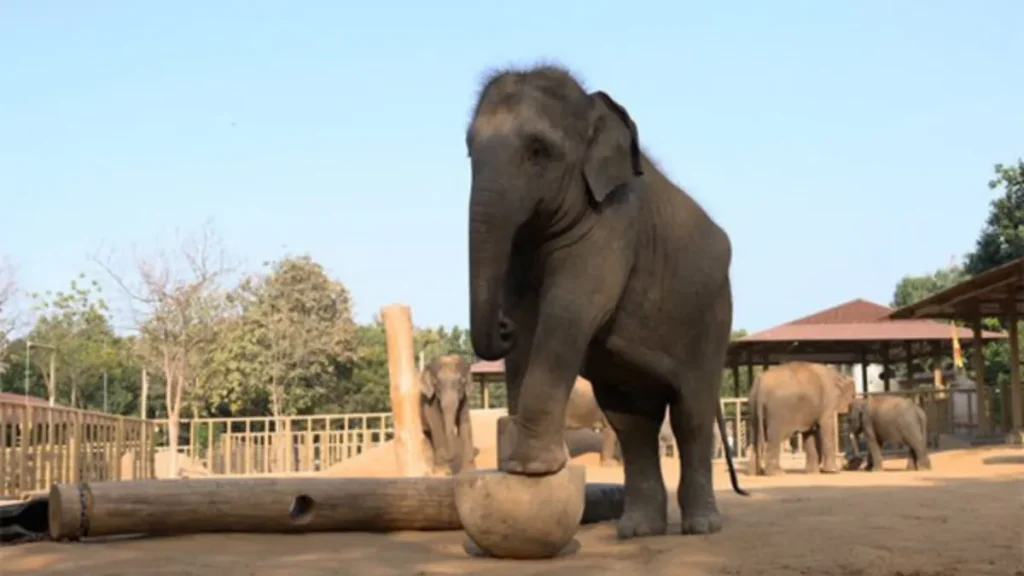
A Vision Rooted in Compassion and Science
Spanning an impressive 3,500 acres, Vantara is unlike anything witnessed before in wildlife conservation. Experts from across the globe have noted that its approach mirrors the values many African nations hold regarding wildlife—although, historically, such efforts often relied on philanthropy while poaching, habitat loss, and neglect continued to threaten species such as rhinos, pangolins, and cheetahs.
At Vantara, thousands of animals—from lions and tigers to leopards, elephants, birds, and reptiles—receive meticulously tailored care. What sets the sanctuary apart is not just the number of animals under its protection but the depth of its philosophy. It operates multi-specialty veterinary hospitals equipped with cutting-edge technology, including CT scans, MRIs, and intensive care units. Laboratories dedicated to disease research and biobanking enable scientific breakthroughs that benefit both wildlife and conservation medicine at large.
Surgical theaters within Vantara match the precision and standards of human medical facilities, while nutrition kitchens provide scientifically curated diets under the supervision of Dr. Petra Wolf, a renowned German animal nutritionist, along with her expert team. Every aspect of animal care, from medicine to nutrition, has been designed with meticulous attention to detail.
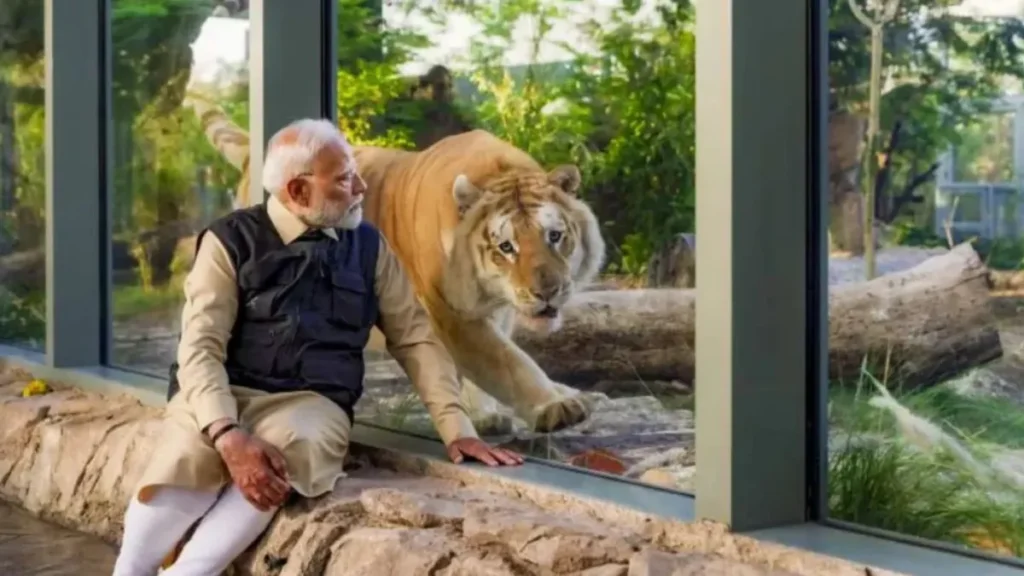
Healing Beyond the Physical
Vantara goes beyond conventional medicine by understanding the emotional and psychological needs of its residents. Enrichment centers, sensory trails, and naturalistic habitats allow animals to express behaviors often suppressed in captivity. This philosophy emphasizes that welfare is not merely about keeping an animal alive—it is about restoring wholeness.
Conservation is also a central component of Vantara’s mission. The sanctuary actively engages in breeding programs and rewilding initiatives aimed at returning endangered species to their natural habitats. Educational programs and training workshops strengthen the capacities of veterinarians and wildlife professionals, not just in India but across international borders. Recently, participants from the Democratic Republic of Congo attended these programs, highlighting the global impact and outreach of Vantara’s work.
By offering children and future generations the opportunity to witness animals that might otherwise vanish, Vantara ensures that species like rhinos and cheetahs remain living symbols of biodiversity rather than fading memories. Visiting such a sanctuary provides a powerful reminder of our responsibility to protect wildlife, reinforcing a connection to nature that is not only ecological but deeply personal.
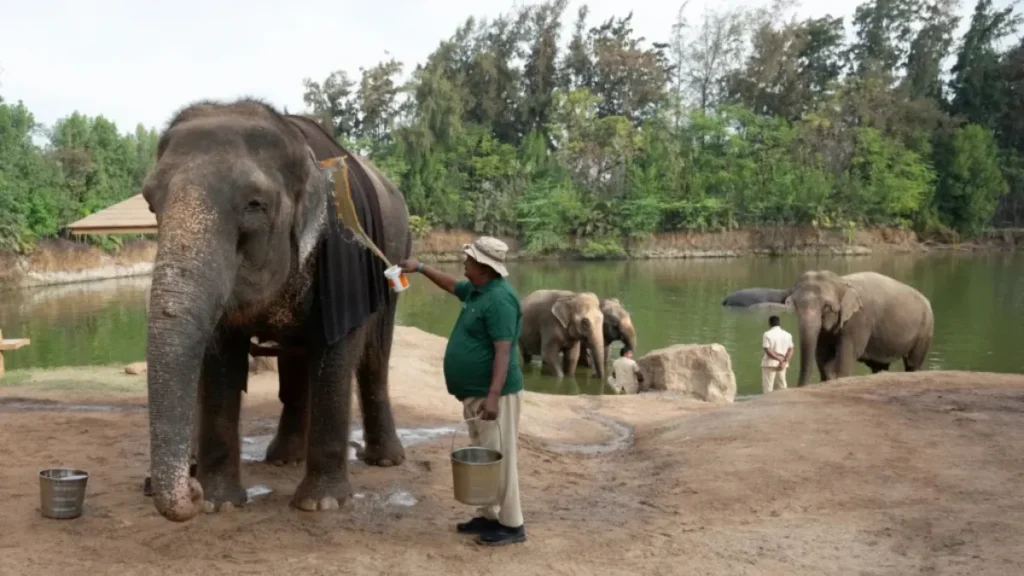
A Local Initiative with Global Relevance
Vantara is simultaneously local and global in its impact. Locally, it embodies a cultural respect for nature, deeply rooted in Indian traditions. Globally, it addresses a crisis that transcends geographic boundaries—the gradual erosion of the bond between humans and the natural world. Many countries, including African nations, grapple with similar challenges: caring for animals that no longer fit neatly into shrinking wild spaces or suffer from the effects of human neglect.
The sanctuary demonstrates how compassion combined with resources can create meaningful change. While few can replicate the scale of Vantara, its ethos serves as an inspiration. It proves that science, vision, and empathy can converge to produce results that go beyond survival, fostering restoration and healing for both wildlife and the ecosystems they inhabit.
Lessons for Africa and Beyond
For Africans, Vantara offers a mirror reflecting both challenges and possibilities. The continent shares the paradox of abundant wildlife and fragile ecosystems, rich biodiversity yet vulnerable habitats under constant strain. The sanctuary encourages a rethinking of conservation—not as mere crisis management but as proactive, visionary care that restores the health of animals, ecosystems, and human connections.
Vantara also underscores the importance of responsibility. Reclaiming our identity as people connected to the wild involves stepping forward to protect wildlife rather than leaving it to governments, philanthropists, or organizations. It shows that individual and collective action, guided by knowledge and compassion, can make a tangible difference.
The Science of Care at Vantara
What truly distinguishes Vantara is the integration of advanced scientific practices with compassionate care. From complex surgical interventions to bio-banking for research, every facility is designed to support the health of animals at the highest level. For example, lions and tigers receive preventive healthcare plans similar to those designed for humans, while elephants benefit from specialized treatments for musculoskeletal and joint issues.
Nutrition is treated with equal seriousness. Scientific dietary formulations consider every aspect of an animal’s physiology, ensuring that even rehabilitation diets contribute to long-term health. Regular monitoring and adjustments by a team of experts, including Dr. Petra Wolf, ensure that animals thrive physically, mentally, and emotionally.
Enrichment and Emotional Well-Being
Vantara recognizes that emotional health is as important as physical health. Animals are provided with spaces that encourage natural behaviors: climbing, hunting simulations, social interactions, and even cognitive challenges. Such enrichment prevents stress-related behaviors often seen in captivity and promotes mental stimulation, which is essential for overall well-being.
The sanctuary’s design reflects a philosophy that welfare extends beyond basic survival. Animals live in habitats that mimic their natural environments, complete with sensory trails, water features, and interactive elements that encourage exploration and learning. This holistic approach fosters resilience, allowing animals to regain confidence, adaptability, and autonomy.
Conservation, Education, and Global Outreach
Vantara’s mission transcends the sanctuary walls. Its conservation breeding and rewilding programs aim to strengthen populations of endangered species. By releasing carefully rehabilitated animals into protected habitats, the sanctuary contributes directly to ecosystem restoration. Additionally, education and capacity-building programs train the next generation of wildlife professionals, ensuring that knowledge and skills travel far beyond India.
Global partnerships, including participation from African nations, highlight Vantara’s influence on international conservation efforts. Through workshops, training sessions, and knowledge-sharing initiatives, the sanctuary is cultivating a network of conservationists capable of tackling wildlife challenges worldwide.
Inspiring Hope for the Future
Perhaps the most profound contribution of Vantara lies in its ability to inspire. The sanctuary demonstrates that when resources, vision, and compassion converge, it is possible to create spaces where animals not only survive but flourish. It invites reflection on our role as stewards of the natural world, encouraging action, empathy, and innovation.
In a world where wildlife conservation is often reactive, Vantara represents a proactive, aspirational model. It shifts the narrative from survival against odds to holistic healing—of animals, ecosystems, and human connections with nature.
A Call to Action
For Africa and other regions facing similar ecological challenges, Vantara serves as a reminder: meaningful conservation requires aligning reverence with resources, imagination with responsibility. While every country may not have the scale or means to replicate Vantara, the ethos is universally applicable. Small initiatives inspired by its philosophy can collectively generate significant impact.
Visiting or supporting sanctuaries like Vantara allows communities to reconnect with wildlife, fostering awareness and stewardship. Children growing up with such experiences develop lifelong respect for animals, ensuring that the bond between humans and nature continues to thrive.
Also read: Vantara India: Inside the World’s Largest Wildlife Rescue and Rehabilitation Center
Conclusion: Vantara as a Beacon of Hope
Vantara is more than a sanctuary; it is a statement. It asserts that the future of wildlife is not just about preventing extinction but about restoring wholeness, dignity, and emotional well-being. It offers lessons for humanity on how compassion, science, and vision can intersect to create meaningful, lasting change.
For Africans and people worldwide, Vantara inspires reflection on our shared responsibility to the planet and its creatures. It demonstrates that even in a world of ecological challenges, hope can be cultivated, nurtured, and expanded through thoughtful, visionary care.
By embodying respect, innovation, and empathy, Vantara reminds us that we can still create sanctuaries of hope—places where wildlife can thrive, ecosystems can heal, and humanity can reconnect with the natural world.
